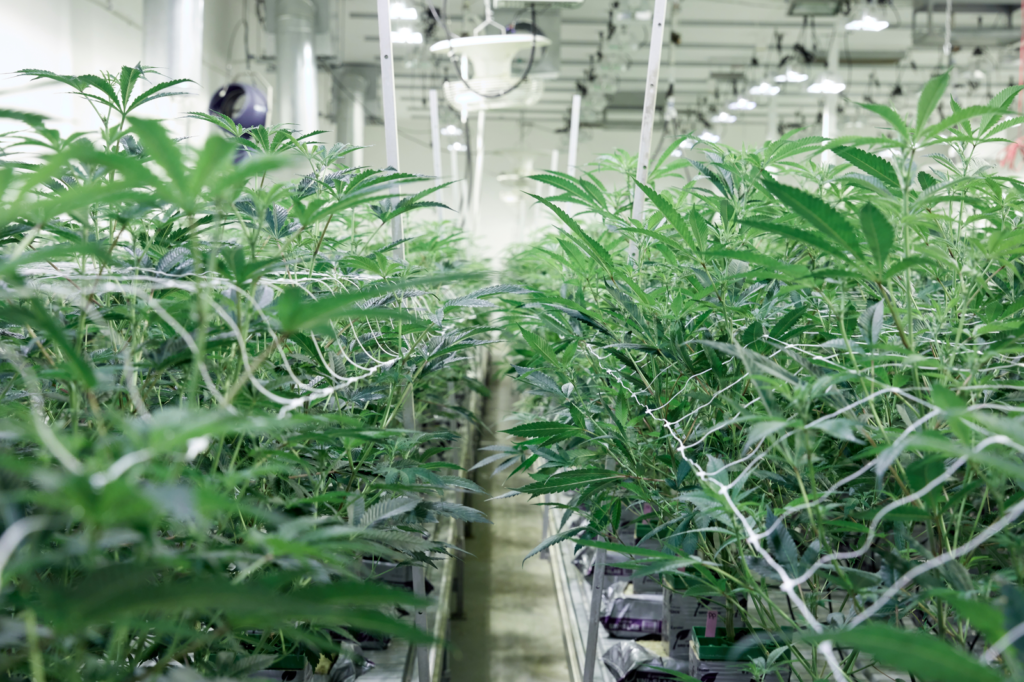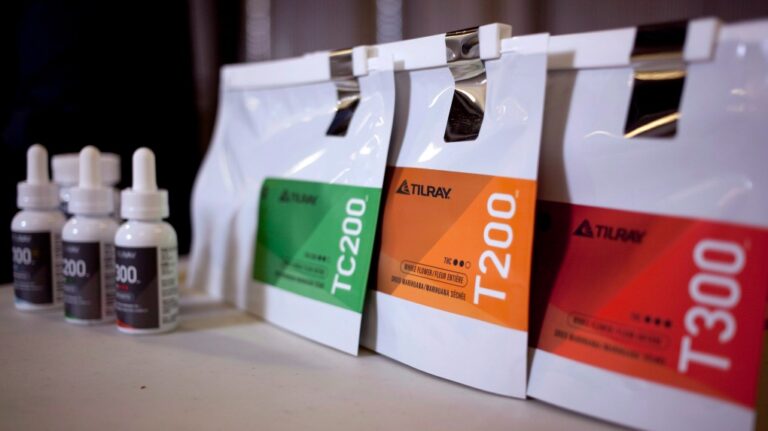The cannabis industry is in trouble. Cannabis craft producers across North America are laying off workers, shutting their doors, and turning off the grow lights. But it’s not all dread and gloom. Cannabis producers can take measures to transition to a craft-at-scale model designed to withstand the downturn.
Enhance efficiency and excellence
Limiting operational costs can help to mitigate the drop in cannabis wholesale prices. Automation is one method of lowering labor expenses. As general labor is reduced through efficiency, highly skilled labor – such as the growers who know best how to create superb cannabis – can be added while overhead is kept.

If automation enables you to run without four full-time employees making $50,000 each for a $200,000 annual savings, then adding one highly skilled full-time employee at $100,000 augments the craft skill set while still lowering operating expenses.
A straightforward improvement would be a robotic device that handles basic chores like filling pots or transplanting plants. Robots were on exhibit at a recent horticulture conference in Amsterdam, picking up clones from a conveyor line and placing them in rockwool trays. The same concept could be applied to weed cultivation.
Ergonomics also play a role
For cultivation sites with vertical racking, do workers have an integrated walkway for upper-level access, or do they have to use less-efficient tools including ladders or scaffolding?
Regular energy audits, especially on-site analysis, can ensure that grow spaces are running as efficiently as possible while also providing insight into ways to improve energy use.
Another option for lowering energy costs is to switch from HID to LED lighting technology and take advantage of the related utility rebates.
Invest in enhancements
Another beneficial investment is in grow solutions that precisely control and correct the many variables of cultivation. Microclimates and micro-barriers that inhibit yields are reduced by systems that enhance airflow and water drainage, for example. They also reduce the likelihood of mold or pests wreaking havoc on the vegetation.
Budgeting upfront for facility upgrades allows for efficiency gains. Spend time ironing out the kinks in a new facility or analyzing older facilities for possible improvements.
Many cannabis owners want their businesses to be the largest, but the priority should be to become the most efficient. Companies that delayed efficiency improvements when times were good may find it difficult to stay profitable when wholesale prices fall.
It is important to invest in efficiency improvements while the money is available, whether prices are high or beginning to fall. Growers who could have upgraded their technology when prices were around $3,000 per pound don’t have the money to do so now that flower is at $1,000 per pound.
One option for companies facing this type of challenge is to seek equipment financing from lenders.
Other options include negotiating better terms with vendors, buying by the truckload rather than the pallet, and calculating costs for daily items such as gloves, gowns, and booties, which can be purchased in quantity at a discount.
Marijuana businesses without the ability to buy in bulk should consider cooperative purchasing or obtaining consumables as part of a group.
Despite the industry downturn and the rise of multistate operators, craft cannabis growers can make the required changes to increase efficiency and thrive.



